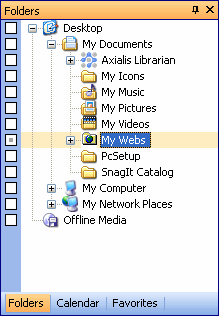

Under Image and Information, select Show Image. To display the image, select the drop-down arrow on the Preview pane. There you can see a selected image alongside its EXIF information and histogram. To view a version of the image that is slightly larger than the thumbnail, but still continue working out of the File List pane, refer to the Preview pane on the lower left side of the window. For better visibility of a specific image, double-click it to open it in View mode. You can view the contents of your selected folder in the File List pane. Notice that the folders are organized in the same tree structure as on your computer. Once your images are where you would like them, you can browse them by clicking the desired folder in the Folder pane. In the Import dialog, you can also perform additional tasks, such as renaming, placing images in subfolders, creating backups, rotating, and more.

Or, if your images are on another device, such as a CD, DVD, or USB key, insert the device in your computer and choose to Import with ACDSee Pro. In Manage mode, (where the application opens by default), you can use the Folder pane to navigate to your content on your hard drive. This allows you to get right to the good stuff without any messing around. There is no need to import, unless you want to grab images off of an external device and add them to your PC. You can access the images on your computer directly through the application. Getting started in ACDSee is not complicated. It’s easy to jump right in and just get it over with. Thus, the cataloging, sorting, grouping, organizing, and tagging begins.įortunately, ACDSee has included a number of tools to expedite this potentially boring process, and to allow users to organize in the way that feels most natural to them. Still, not every photo will be good enough to make it to this final stage, and leaving scores of photos uncatalogued will making finding specific ones an impossible mess later on. The satisfaction of publishing or sharing the finished photos seems like a distant dream. This problem is situated smack in the middle of the joy of taking photos, and the fun of processing or touching them up. For many people, sorting and organizing their photos is a giant chore that inconveniently sits in the middle of their photography workflow.


 0 kommentar(er)
0 kommentar(er)
